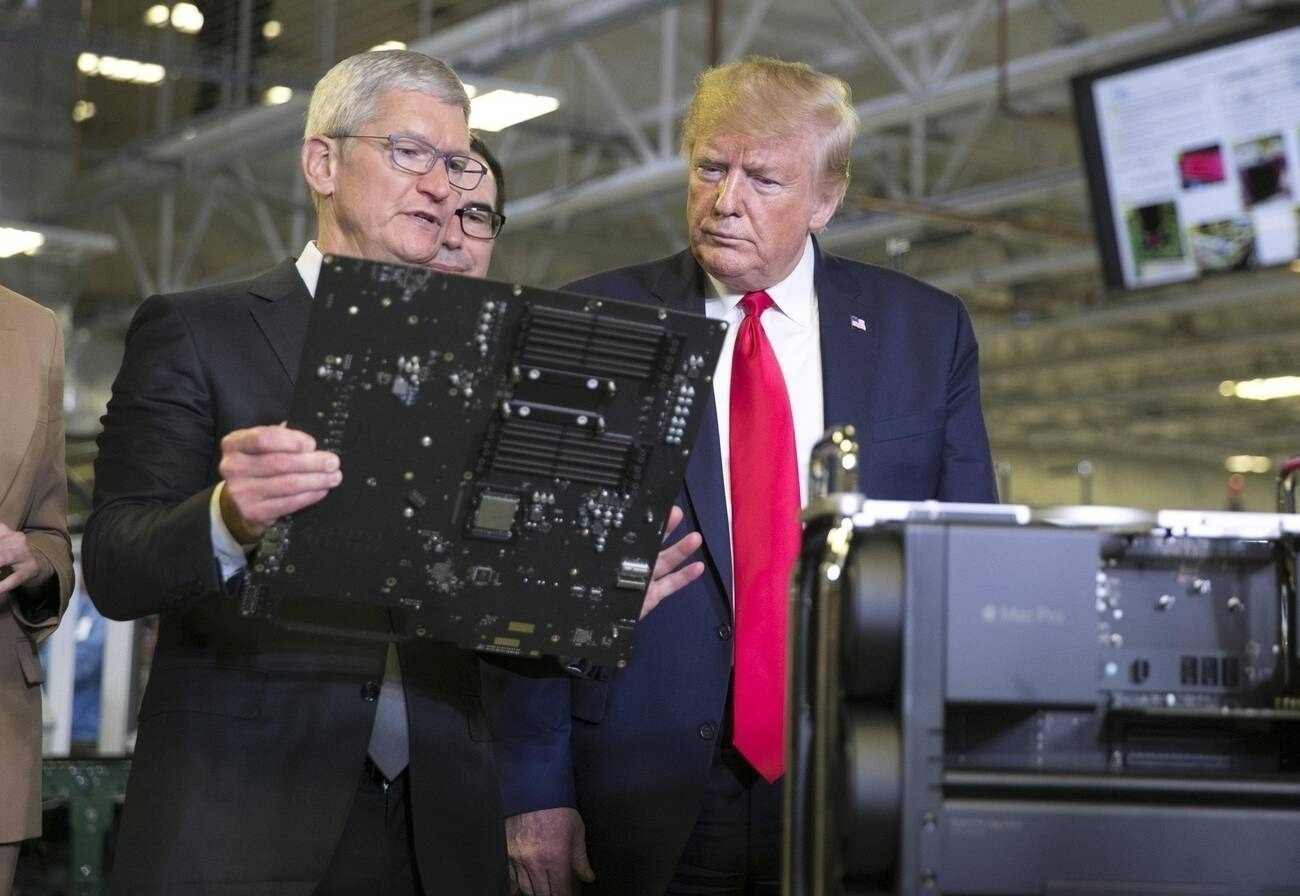
Under the reciprocal tax policy announced by US President Donald Trump, imported goods from India receive a 26% tax.
When President Trump first imposed tariffs on China in 2018, Apple began shifting much of its iPhone production to India. Donald Trump's latest move has added to the pressure on Apple's business.
The total tax rate on goods imported from China is also up to 54%. Therefore, the cost of importing iPhones into the US, a major market for Apple, will certainly increase.
Price increases are inevitable.
Apple could avoid the worst impact of tariffs by shifting more production to India or relying on other cost-saving tactics, according to TF International Securities analyst Ming-Chi Kuo.
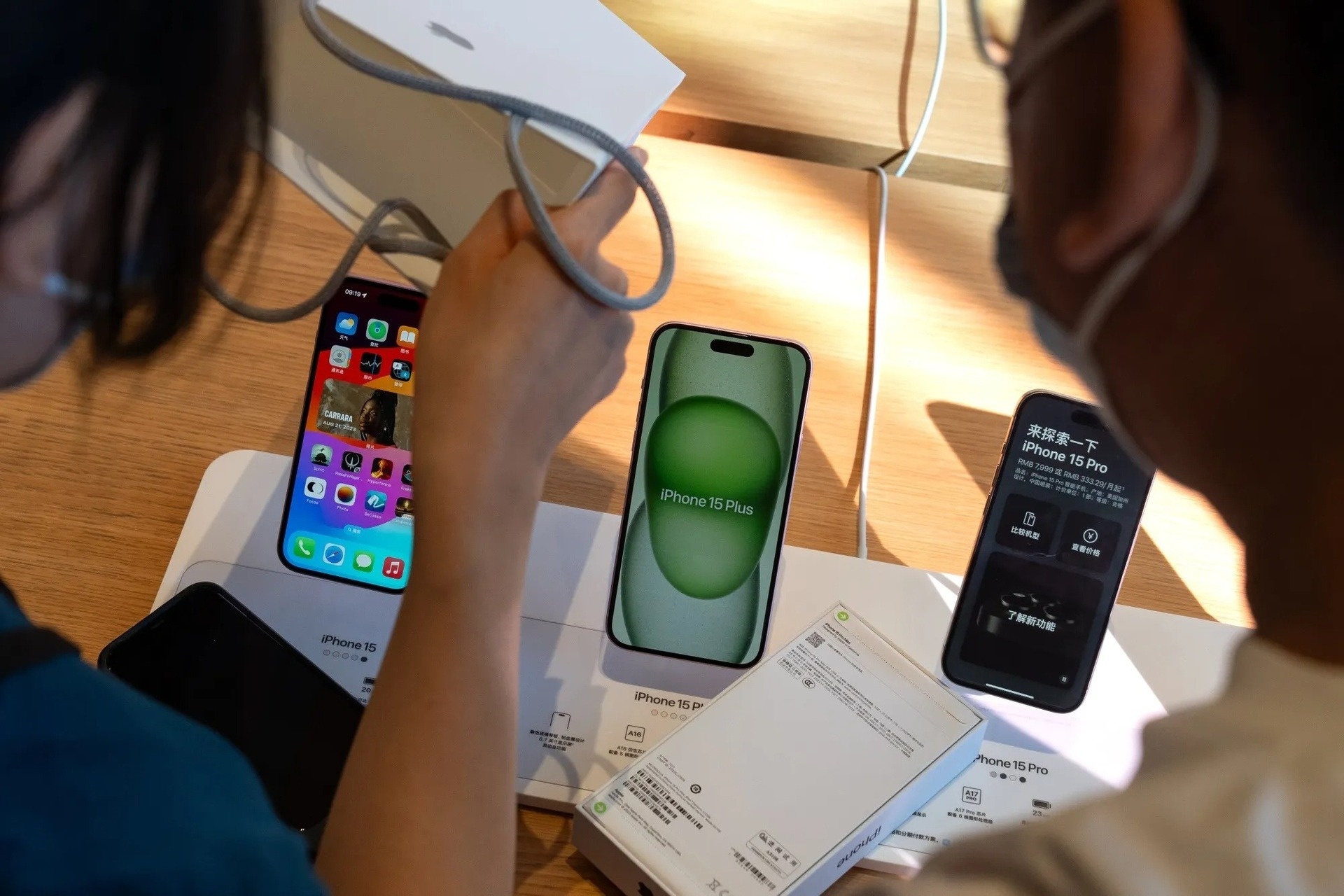 |
Consumers will still end up bearing the cost if Mr. Trump's tariffs are imposed on Apple products. Photo: Bloomberg. |
But these measures won’t eliminate the financial pressure, making price increases a much more viable option. If Apple doesn’t raise prices, Kuo says it could lose as much as 9% of its gross profit margin. Regardless of how the iPhone maker responds, the cost will ultimately be borne by consumers.
“With 85-90% of Apple’s hardware assembly operations located in China and the rest in India, the Trump administration’s new tariff policies — imposing 54% and 26%, respectively — will significantly increase the cost of hardware exports to the US. If Apple keeps prices unchanged, its overall gross profit margin could drop significantly, estimated at 8.5-9%,” Kuo said.
Tariffs, or import duties, are taxes levied on products that cross borders. To pay them, Apple has three options: Reduce the amount it pays to its manufacturing plants in China or India, absorb the cost of the tax itself, raise the price of the phone in stores, or do some combination of all three.
From there, AppleInsider believes that there is still a scenario where Apple keeps the selling price unchanged and accepts the decline in profits. However, that is only a short-term strategy. Apple shareholders expect profits, not sacrifices.
For investors, a profit decline of 8.5-9% is clearly unsustainable, so AppleInsider believes that Apple will likely increase prices, even if it does so as quietly as possible.
No exception for Apple
During the 2018 period, when Mr. Trump first imposed broad tariffs on imported goods from the US during his first presidential term, Apple was not affected even though the iPhone is largely manufactured in China.
During that time, Tim Cook was almost a familiar figure in the White House, regularly meeting with Mr. Trump.
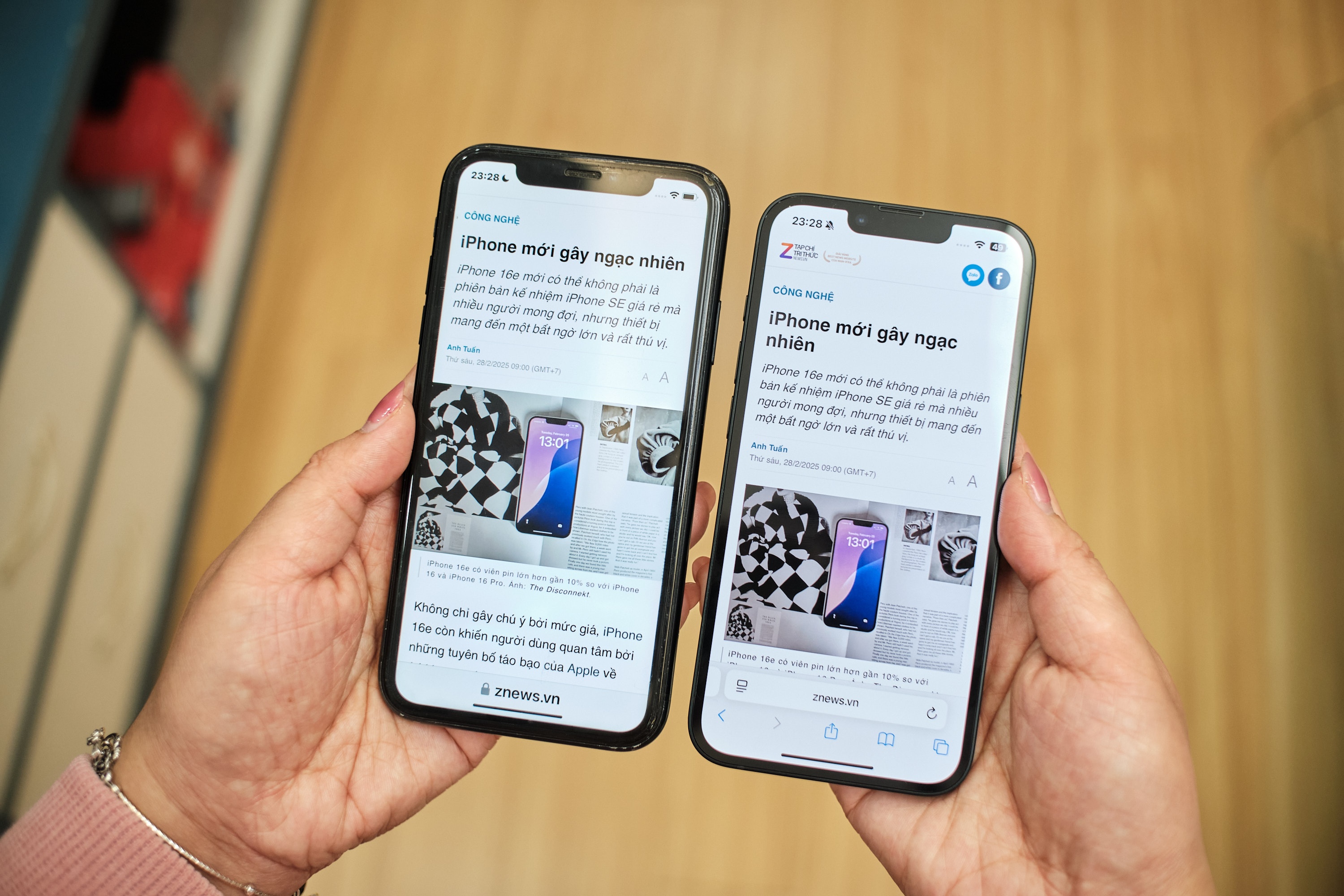 |
Tariffs on iPhones and other devices imported from China will increase Apple's annual costs by $8.5 billion . Photo: Nhat Minh. |
According to the Washington Post , during Mr. Trump's first term, the Apple CEO convinced the White House to waive tariffs on most of the products the company sells.
Cook reportedly told White House officials at the time that tariffs would increase the prices of smartphones, Macs, and iPads and hurt Apple.
He even sold Trump on the idea that tariffs on iPhones would benefit Samsung, Apple's main rival in South Korea.
This has led to another strategy of shifting more manufacturing to India. Although the country already has a relationship with the US, Mr Trump has made it clear that there will be no exemptions.
That means Apple could face high tariffs no matter where it moves production.
In fact, shifting production to India could reduce the profit loss to just 5.5-6%, or even 1-3% if Indian production grows strongly. However, the trade-off is that setting up or expanding manufacturing infrastructure is very expensive.
AppleInsider notes that Apple won’t be bearing that cost itself, at least in the long run. The cost will be passed on, even if it’s disguised as price adjustments or product depreciation over time.
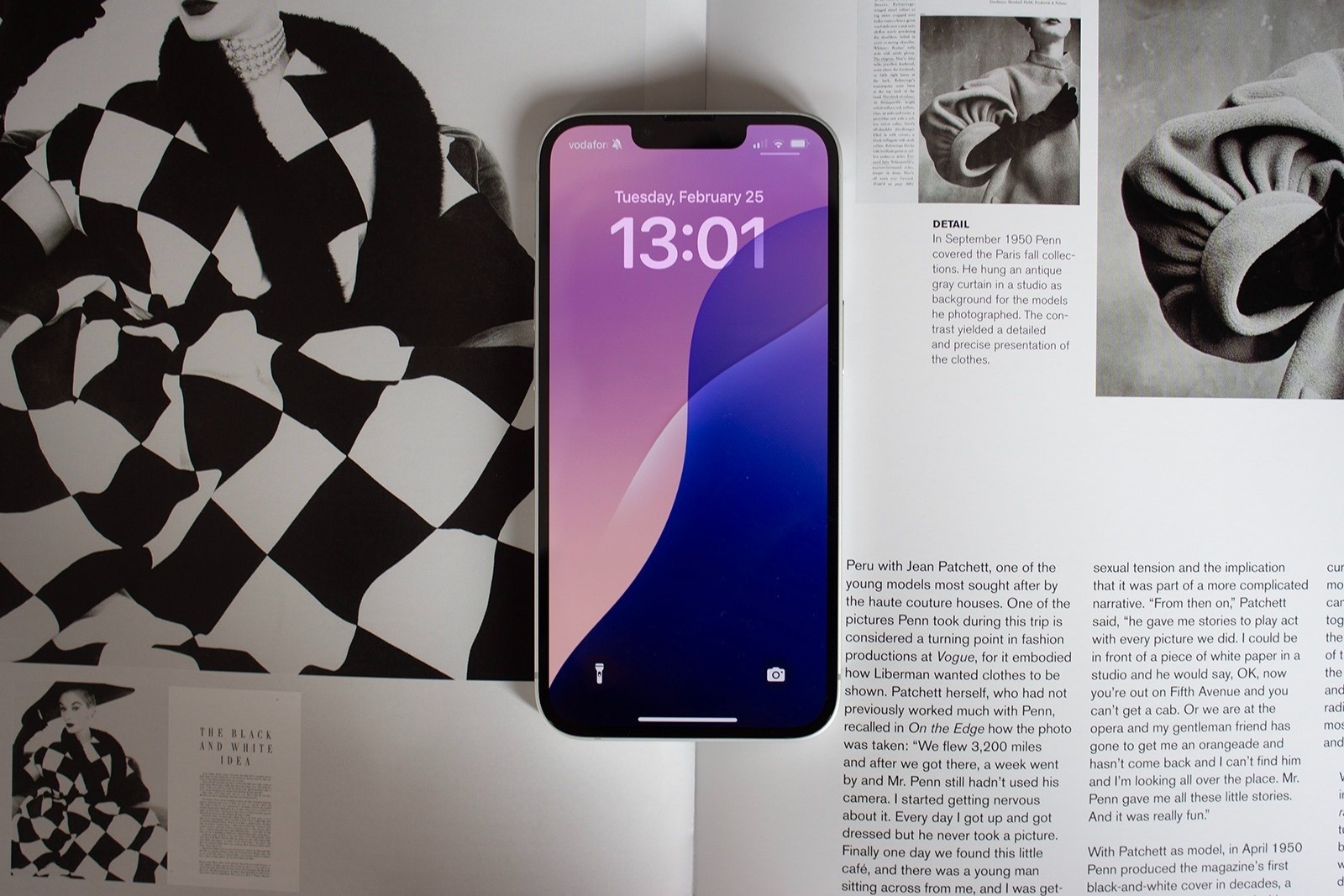 |
iPhone prices are likely to increase to offset tariff costs. Photo: The Disconnekt. |
Kuo agrees, pointing to more consumer-oriented strategies like increased carrier subsidies and quietly cutting trade-in discounts. While these may make the new iPhones look cheaper, the actual cost could skyrocket.
More importantly, carrier subsidies often come with more expensive plans, longer contracts, and more restrictions. Additionally, lower trade-in values mean customers get less money for older devices.
This is another way for Apple to shift the financial burden back to buyers, and the iPhone maker can also put more pressure on its suppliers to cut costs.
This sounds easy in theory, but it rarely happens. According to AppleInsider , suppliers under pressure will likely respond by cutting quality, delaying support, or refusing to innovate.
This could result in quality and reliability being affected. When that happens, it is the customer who ends up paying for repairs, replacements, or warranty disputes. Even if Apple's profit margins fall below 40%, the risk is greater than an economic downturn.
Source: https://znews.vn/iphone-se-dat-len-vi-thue-doi-ung-cua-ong-trump-post1543410.html


![[Photo] General Secretary To Lam received the delegation attending the international conference on Vietnam studies](https://vphoto.vietnam.vn/thumb/1200x675/vietnam/resource/IMAGE/2025/10/26/1761456527874_a1-bnd-5260-7947-jpg.webp)
![[Photo] Enjoy the Liuyang Fireworks Festival in Hunan, China](https://vphoto.vietnam.vn/thumb/1200x675/vietnam/resource/IMAGE/2025/10/26/1761463428882_ndo_br_02-1-my-1-jpg.webp)


![[Photo] Nhan Dan Newspaper displays and solicits comments on the Draft Documents of the 14th National Party Congress](https://vphoto.vietnam.vn/thumb/1200x675/vietnam/resource/IMAGE/2025/10/26/1761470328996_ndo_br_bao-long-171-8916-jpg.webp)






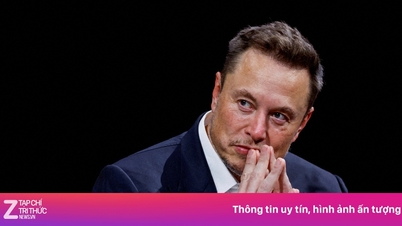
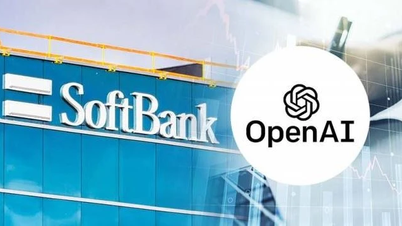

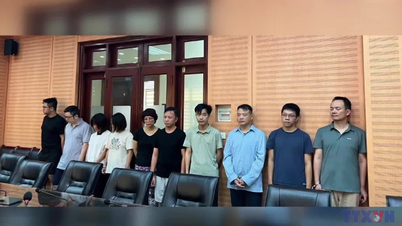



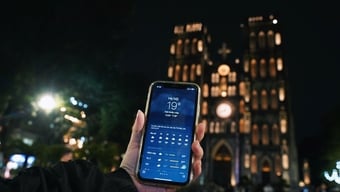






![[Photo] Prime Minister Pham Minh Chinh attends the opening of the 47th ASEAN Summit](https://vphoto.vietnam.vn/thumb/1200x675/vietnam/resource/IMAGE/2025/10/26/1761452925332_c2a-jpg.webp)








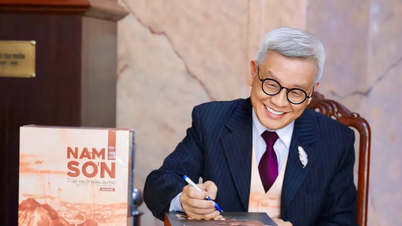














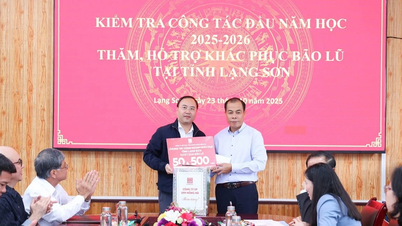




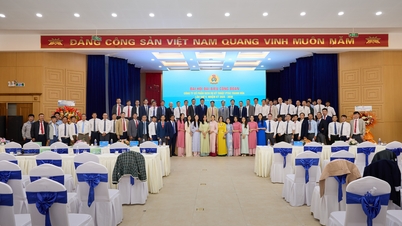











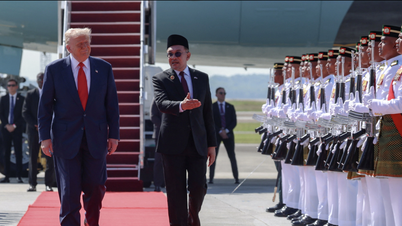

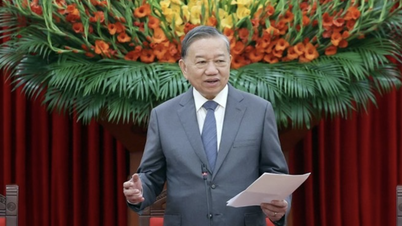



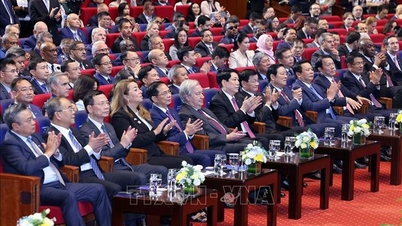

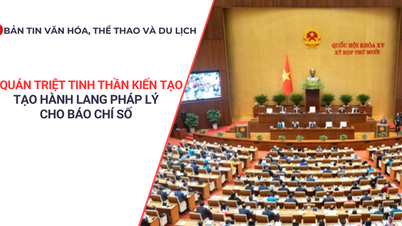
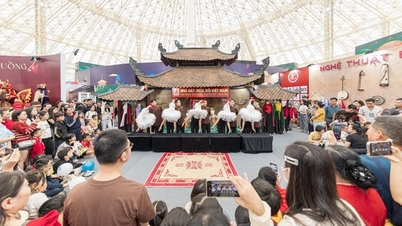
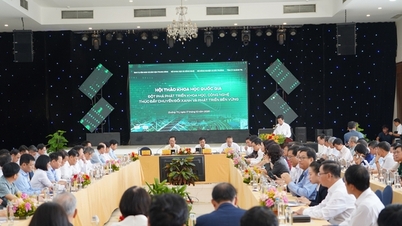

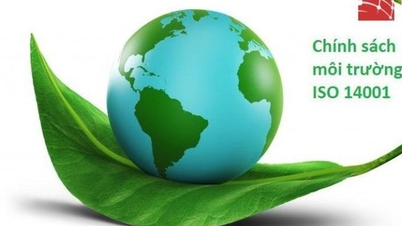






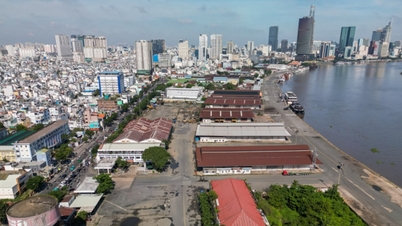

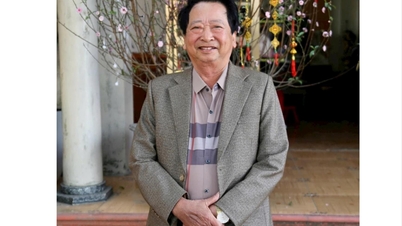
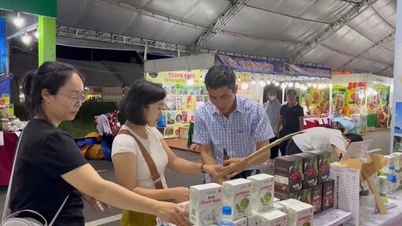





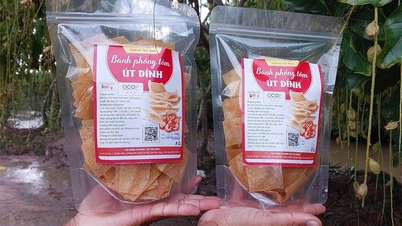









Comment (0)